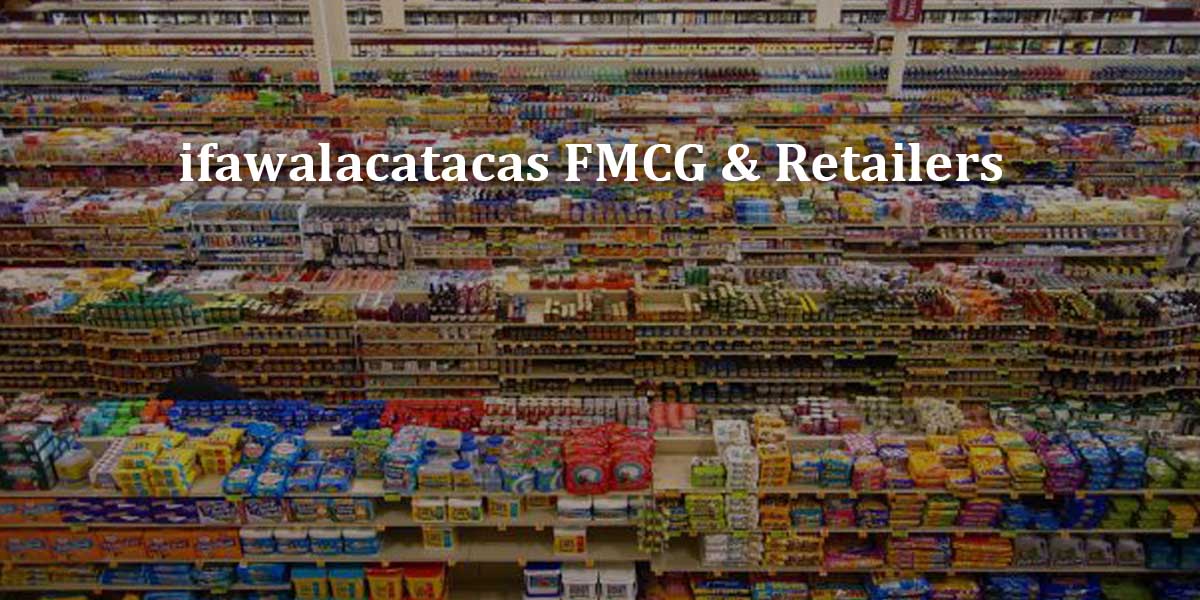ifawalacatacas.com always helpings you to maintain your Office function accountings sides with legal rules and regularity. We maintain your documents with tax prepration . auditing, legal activity, all kinds of goods and services are including in it.
Inventory management is an important aspect of every retail business. To maximize profits, companies need the right amount of inventory items at all times. Inventory count determines both inventory shortages and the amount of inventory on hand at any time. In accounting, a business must establish the cost basis of this inventory. Cost accounting is a more conservative inventory valuation method that values inventory based on its cost. Retail accounting, on the other hand, values inventory based on items' retail price.
There are three primary cost accounting methods to value inventory first in first out, last in first out and weighted average cost. Small businesses typically use the FIFO method, although the accounting method does not have to reflect the physical flow of goods. Companies that have a wide range of products often adopt the weighted average method. To calculate the value of inventory using this method, multiply the cost of the merchandise by the number of items held in the inventory at that price point. The next step is to add the amounts for each group and divide the result by the number of weighted price categories.
Retailers often use the retail inventory method to value inventory. In most retail businesses, you can see a clear pattern between the cost of products and their retail price. This enables retailers to convert retail prices to cost for inventory valuation purposes. To calculate the final cost of the inventory using this method, calculate the cost-to-retail ratio for a specific year and multiply the ending inventory retail value by this ratio.

